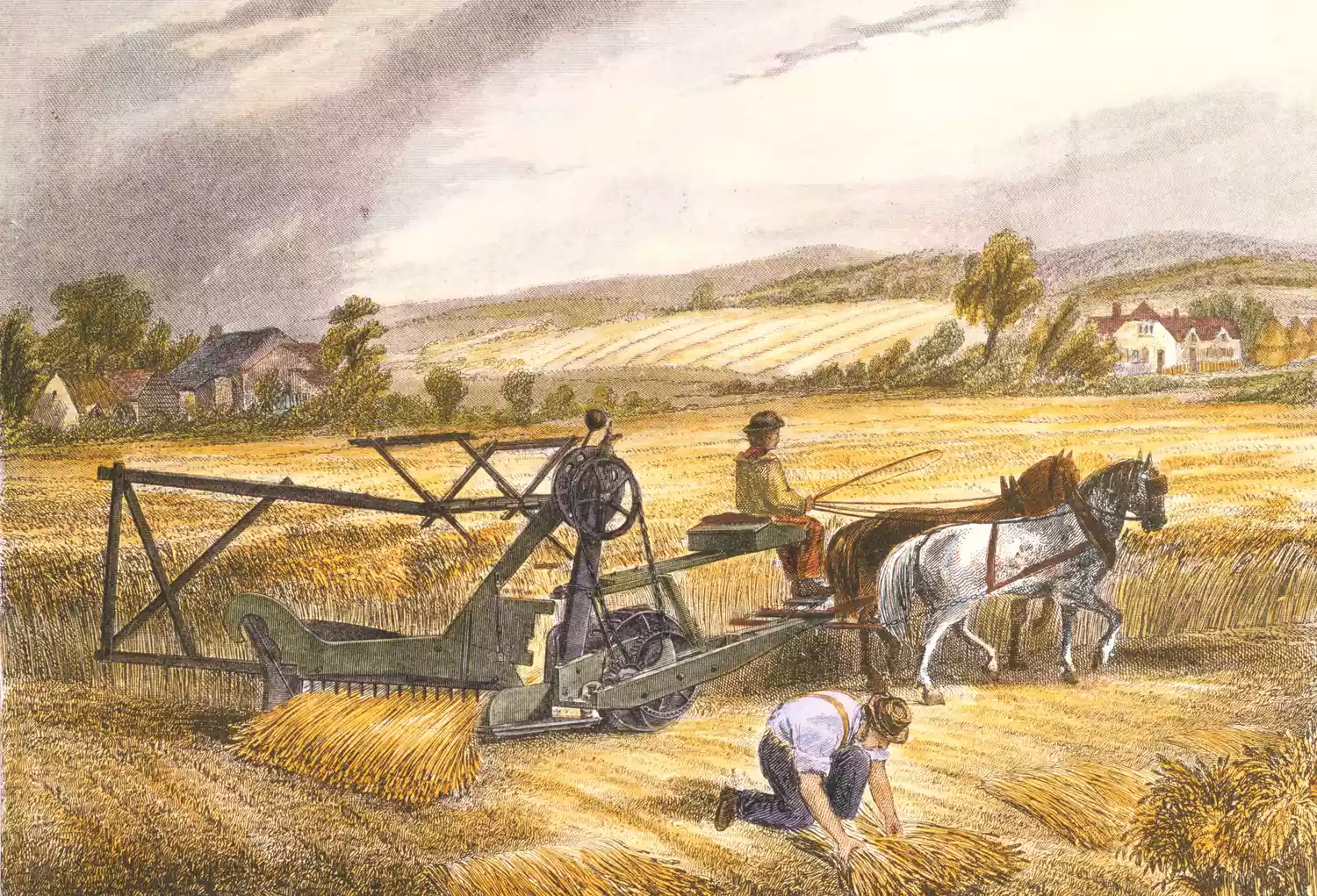Innovative Farming Equipment for Efficient Crop Harvesting and Improved Agricultural Productivity
The Evolution and Impact of Agriculture Reaper Machines
Agriculture has always been the backbone of civilization, fueling economies and feeding populations. Among the many innovations that have emerged to enhance agricultural productivity, the development of the reaper machine stands out as a landmark achievement. This transformative device has significantly changed the way crops are harvested, enhancing efficiency and shaping the future of farming.
The reaper machine was introduced in the early 19th century, with one of the earliest versions credited to Cyrus McCormick in 1831. McCormick's mechanical reaper revolutionized the harvesting process by drastically reducing the time and labor required to cut grain crops. Before the advent of this machine, farmers relied on sickles and scythes, tools that required considerable manual effort and time to harvest crops. The need for a more efficient method became apparent as populations grew and the demand for food increased.
The Evolution and Impact of Agriculture Reaper Machines
In the years following McCormick's invention, various improvements were made to the basic design of the reaper. Innovations included the addition of self-raking mechanisms, which allowed cut crops to be gathered automatically, further enhancing efficiency. By the late 19th and early 20th centuries, technological advancements continued to propel the reaper’s capabilities, giving rise to more complex machines such as the combine harvester, which could cut, thresh, and clean grain all in one go.
agriculture reaper machine

The positive impacts of reaper machines extend beyond mere efficiency gains; they have had profound social and economic implications. With the labor demands of harvesting significantly reduced, many workers transitioned to other areas of the agricultural sector or sought opportunities in burgeoning industrial cities. This shift contributed to urbanization and the growth of the labor force, fundamentally altering societal structures.
Moreover, the impact of reaper machines on crop production cannot be overstated. By maximizing crop output and minimizing losses during harvest, these machines have played a crucial role in increasing food security. This is particularly important in the context of global challenges such as climate change and population growth, where efficient food production systems are essential to sustain human life.
Today, the advancement of technology has brought about even more sophisticated machinery. Modern agricultural reapers are equipped with GPS technology, automation, and precision farming tools. These innovations not only enhance the efficiency of harvesting but also enable farmers to make data-driven decisions, optimizing crop yields while minimizing environmental impact.
In conclusion, the agriculture reaper machine has profoundly transformed the farming landscape. From its inception by pioneers like Cyrus McCormick to the advanced technologies we see today, the evolution of reapers has changed how we grow and harvest food. The ramifications of this innovation extend beyond agriculture, influencing socioeconomic structures and contributing to food security. As we look to the future, continued advancements in agricultural technology will be vital in meeting the challenges of an ever-growing global population. The journey of the reaper machine is a testament to human ingenuity and the relentless pursuit of efficiency and sustainability in agriculture.
Latest news
-
When to Upgrade Your Old Forage HarvesterNewsJun.05,2025
-
One Forage Harvester for All Your NeedsNewsJun.05,2025
-
Mastering the Grass Reaper MachineNewsJun.05,2025
-
How Small Farms Make Full Use of Wheat ReaperNewsJun.05,2025
-
Harvesting Wheat the Easy Way: Use a Mini Tractor ReaperNewsJun.05,2025
-
Growing Demand for the Mini Tractor Reaper in AsiaNewsJun.05,2025







